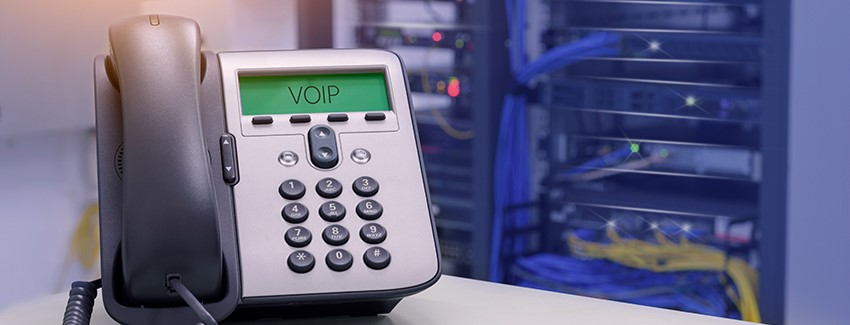Cyber Operators Course (Op) – Module 6
Communication equipment and security – VOIP (Voice over Internet Protocol)
VoIP is basically a telephone connection over the Internet. The data is sent digitally, using the Internet Protocol (IP) instead of analogue telephone lines. In order to use VoIP, you need a computer, an Internet connection, and VoIP software. You also need a microphone, analogue telephone adapter, or VoIP telephone. Many VoIP programs like skype and TeamSpeak allow you to use a basic microphone and speaker setup. Others require VoIP phones, which are like regular telephone handsets, but typically connect to your computer via USB. Analogue telephone adapters allow you to use regular phones with your computer. IP phones are another option that connect directly to a router via Ethernet or wirelessly. These phones have all the necessary software for VoIP built in and therefore do not require a computer.







